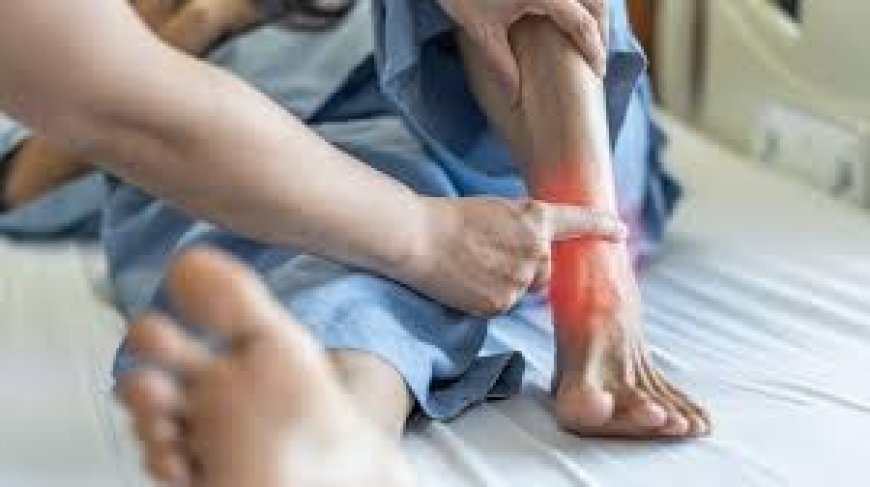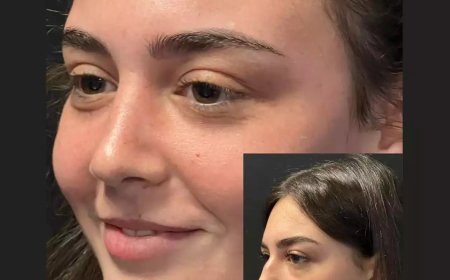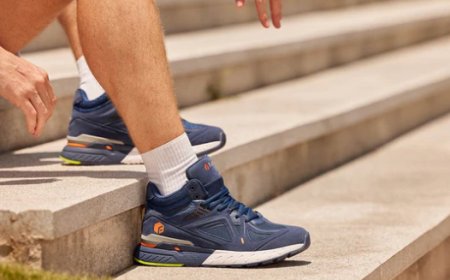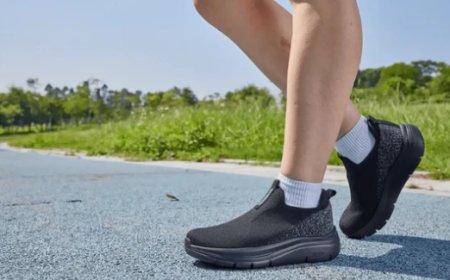Foot Surgery Pain Relief: Medications, Ice, and More
Foot surgery pain slowing you down? Discover how to manage it with medications like Tap 100mg, ice therapy, and simple recovery tips.

Foot surgery pain is something many people in New York facewhether after bunion removal, plantar fascia release, or a fracture repair. While the surgery fixes the core issue, it often comes with pain that needs to be managed properly.
The good news? With the right combination of medication, rest, and care, you can reduce your foot surgery pain and heal more comfortably. This guide covers everything you need to knowfrom using Tap 100mg to home remediesto support your recovery.
Why Foot Surgery Pain Happens
Right after surgery, your foot goes through a healing process. The doctor may have cut into tissue, removed bone, or placed screws or plates. This causes swelling, inflammation, and nerve sensitivity.
Common symptoms include:
-
Throbbing pain around the surgical site
-
Swelling and stiffness
-
Pain when walking or bearing weight
-
Discomfort while sleeping or resting
Pain is normal, especially in the first 48 to 72 hours, but managing it early helps speed up recovery and avoid long-term problems.
How Long Does Foot Surgery Pain Last?
Most people in New York notice the pain starts to ease after 5 to 7 days, especially if they follow aftercare instructions. However, the timeline may vary depending on:
-
Type of foot surgery
-
Overall health and age
-
Activity level post-surgery
-
How well you manage pain and swelling
Some people experience pain for a few weeks or even months if nerves are involved or complications occur.
Top Ways to Manage Foot Surgery Pain
Lets break down the best options that work in combination.
1. Medications for Foot Surgery Pain
Pain medicine is usually the first step in keeping discomfort under control. There are two main categories:
a. Over-the-Counter (OTC) Options
-
Ibuprofen (Advil, Motrin)
-
Acetaminophen (Tylenol)
These work for mild to moderate pain and help reduce inflammation. However, they may not be strong enough after bone or joint surgery.
b. Prescription Medications Tap 100mg (Tapentadol)
For moderate to severe foot surgery pain, doctors may prescribe Tap 100mg, which contains tapentadol. It is a strong pain reliever that works in two ways:
-
Blocks pain signals in the brain (opioid action)
-
Reduces nerve pain by balancing certain chemicals (norepinephrine)
This makes it especially useful after:
-
Bunion surgery
-
Fracture correction
-
Plantar fascia release
-
Joint fusion procedures
Many patients buy tapentadol only after getting a doctors prescription, which is the safest route.
Key Benefits of Tap 100mg:
-
Fast pain relief (starts working in about 30 minutes)
-
Lasts longer than most OTC meds
-
Also helps manage nerve-related foot pain
Note: Always follow your doctors dosage instructions. Tapentadol is powerful and should not be taken longer than needed.
2. Ice Therapy
Cold therapy is a simple but effective method to reduce swelling and foot surgery pain.
How to Use Ice Correctly:
-
Wrap a cold pack in a thin towel
-
Apply to the surgical site for 1520 minutes
-
Repeat every 23 hours in the first 23 days
Avoid placing ice directly on the skin, as it can cause frostbite.
Tip for New York winters: Ice therapy can be uncomfortable in cold weather. Consider using chilled gel packs instead of frozen ones for more comfort.
3. Elevation
Keeping your foot raised helps:
-
Drain excess fluid
-
Reduce swelling
-
Ease throbbing pain
How to Elevate:
-
Use pillows to raise your foot above heart level
-
Keep it elevated for at least 30 minutes, 34 times a day
Avoid letting your foot hang down for too long, especially when sitting or standing.
4. Compression (If Advised)
Some doctors recommend using a compression bandage or boot after surgery. This helps:
-
Control swelling
-
Keep the surgical area supported
-
Prevent fluid buildup
Always ask your surgeon before using compression, especially if youre also using ice or elevation.
5. Rest and Reduced Movement
Your body needs energy to heal, and movement may slow that down. Limit walking, avoid putting weight on the foot, and take breaks often.
Use:
-
Crutches
-
Walkers
-
Surgical shoes or boots
as directed by your medical team.
New York Tip: Avoid crowded public transport or long walks during early recovery. Ask for help or use ride services when needed.
6. Diet and Fluids
You may not feel like eating after surgery, but your body needs fuel. A good recovery diet includes:
-
Lean proteins (chicken, fish, lentils)
-
Fruits and vegetables
-
Hydration (water, electrolyte drinks)
-
Avoid alcoholit can slow healing and interact with medications like Tap 100mg
7. Follow-up and Monitoring
Keep your follow-up appointments, even if the pain seems better. Your doctor may:
-
Check wound healing
-
Adjust pain medication
-
Spot early signs of infection or nerve issues
If pain worsens after day 3 or you develop fever, redness, or drainageget medical help.
When to Consider Tap 100mg
You might be a candidate for Tap 100mg if:
-
OTC pain meds arent helping
-
You had bone, joint, or nerve-related foot surgery
-
Pain interferes with sleep or walking
-
You are under close medical supervision
You can buy tapentadol from pharmacies in New York or licensed online platformsbut always with a prescription.
Final Thoughts: Stay Ahead of Foot Surgery Pain
Foot surgery pain is a common part of recoverybut it doesnt have to slow you down. With the right combination of:
-
Medication (like Tap 100mg)
-
Ice, elevation, and rest
-
Smart movement and monitoring
you can get through the healing process more comfortably and with fewer risks.
If youre in New York and recently had foot surgery, speak with your doctor about your pain levels. Whether you need stronger medicine or advice on home care, getting support early can make all the difference.











































